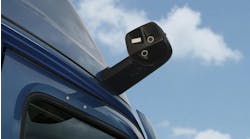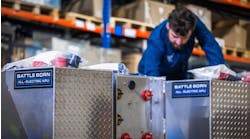The data that comes off a truck’s sensors has proven invaluable in improving the vehicle repair process. The fleet owner not only receives notification of fault codes, but also often gets an indication of just how serious the problem is. This allows him to make decisions about when and where to get the asset repaired. It also means that not all trucks need to be brought in immediately, depending on the nature of the problem.
But the value of all the data extends far beyond immediate problems. Looking at failure trends gives insight into which parts and components are working best in an application and which ones are costing money.
Too often when it comes time to order new trucks a fleet owner just repeats the specs from the last order. A savvy new truck salesperson may suggest some upgrades, but basically the order remains static.
Fleets are sitting on a treasure chest of information when they combine data from sensors with DVIRs, PM inspection reports, maintenance reports and repair orders. The data has even more value when all of it is VMRS coded — but that is a topic for another day.
It is not necessary for you to look at every piece of data available to you. Frankly, that would be a waste of time. What you need to do is start looking for patterns and trends. Look at those trends across similar types of assets. For example: the same model of trucks from the same year with similar specs. Doing that allows you to see on a manufacturer-by-manufacturer basis how well a particular component is performing in your fleet.
When you discover where the problems are, you can move to a brand of replacement parts that offers better performance and use the information to make smarter spec’ing decisions going forward. While truck makers are moving toward more integrated offerings, there is still room for you to select components that you prefer, and that work in your particular operation.
With the razor thin margins most fleets are operating under, any savings helps. The data is already there. Why not take full advantage of it?


